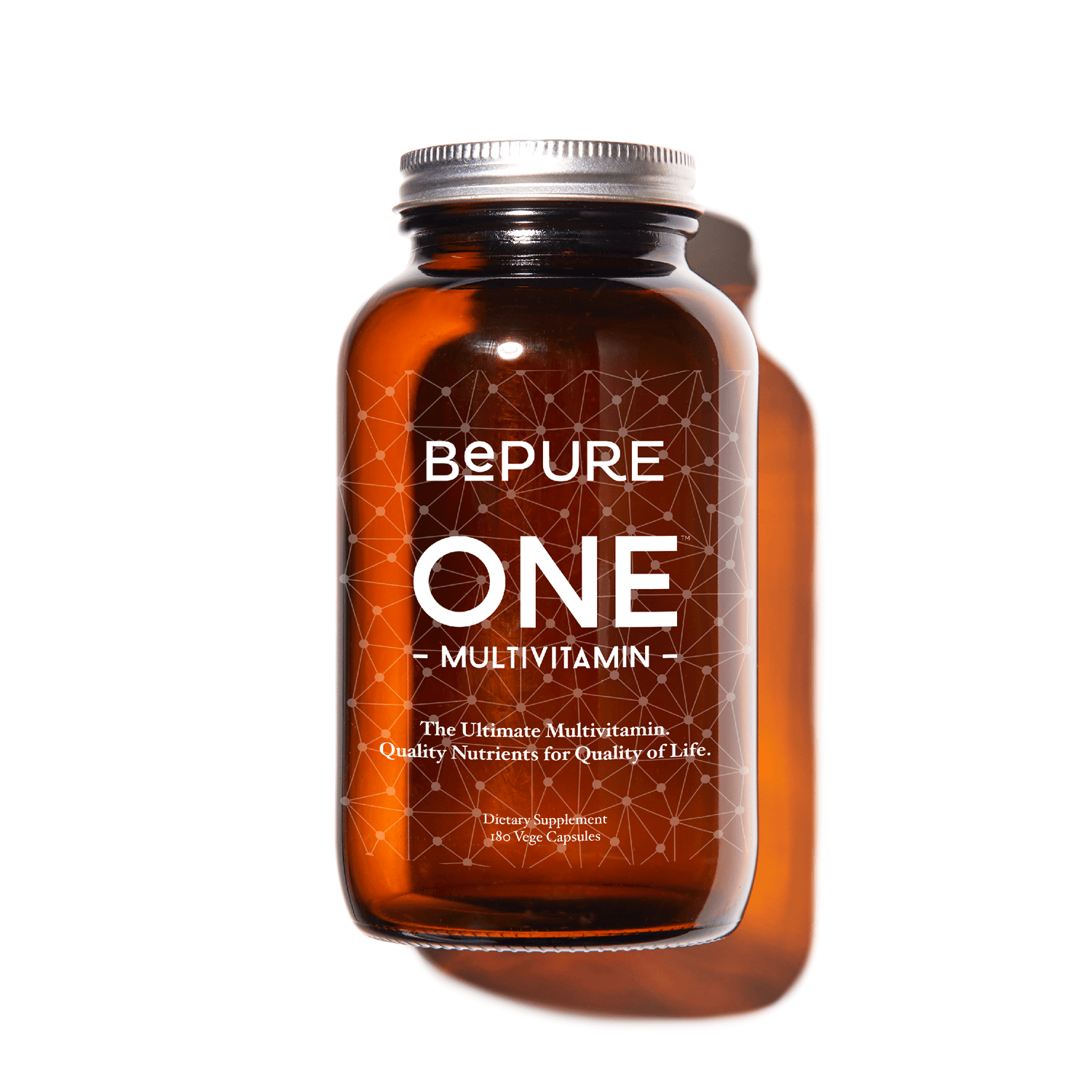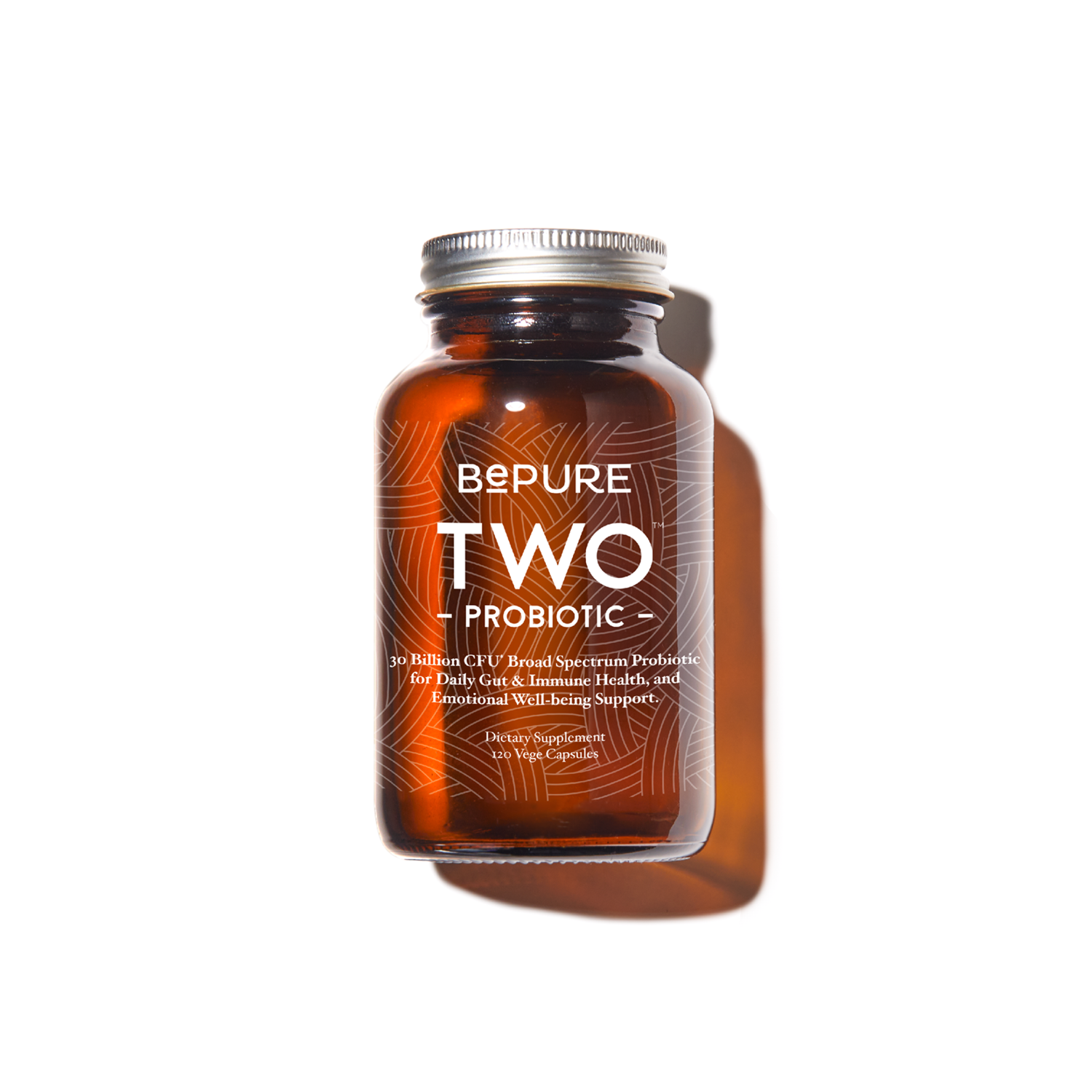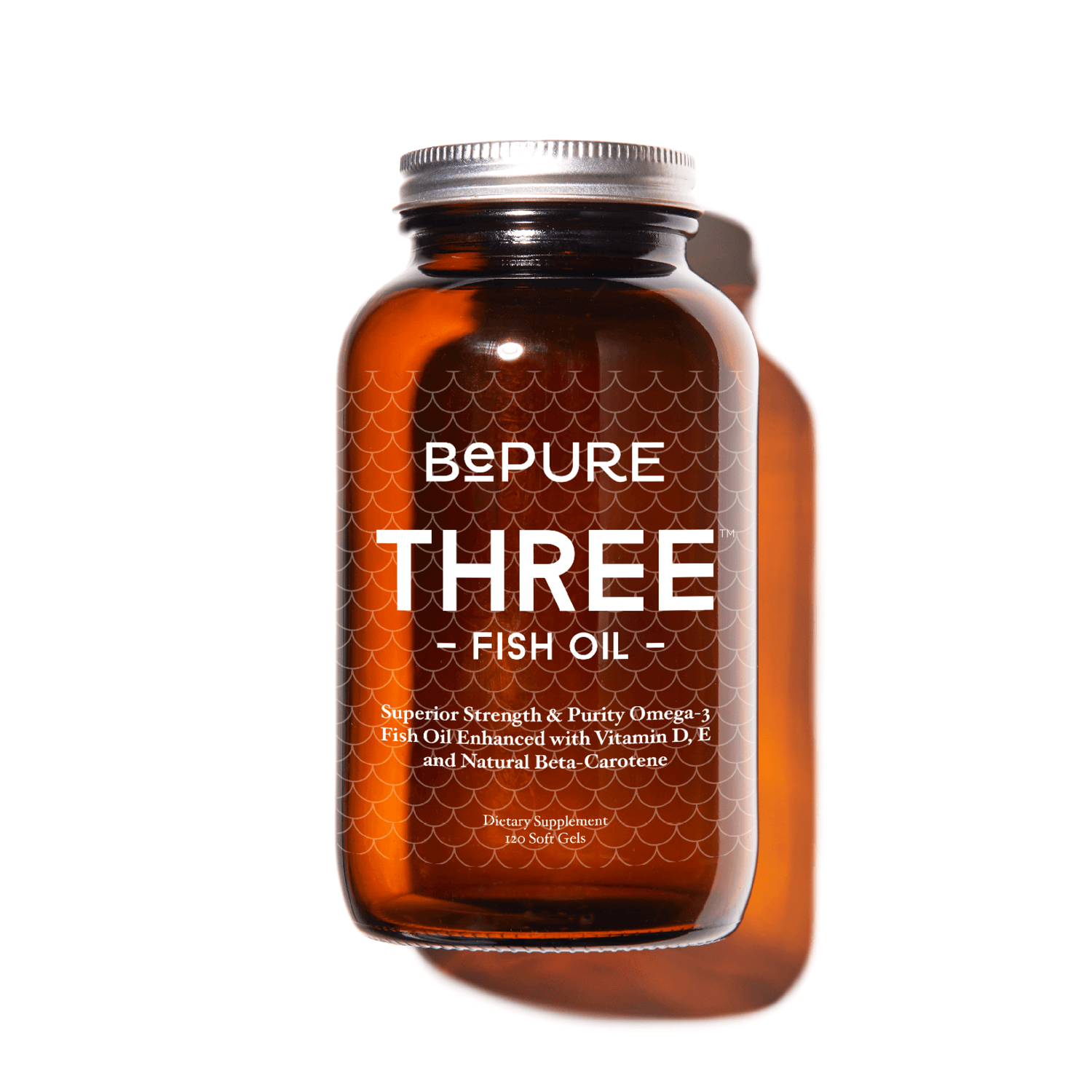We often get questions from parents about what to feed their growing kids to ensure they are getting a range of nutrients to support health, digestion and energy. Here we have some information about packing a lunchbox as well as some practical tips for finding the time to do it all.
Parenthood can sometimes feel like a time and motion study in organisation. We are forever trying to find time to do something, make something or clean something – all in the attempt to make our future life somewhat easier.
This is particularly apparent when it comes to packing - and unpacking - kids lunchboxes. Finding things they will eat, that aren't too time-consuming to make and that are allowed at school/daycare/kindy, is like the holy grail of child meal prepping.
The BePure guide to lunchboxes
Kids need quality nutritious food to help them focus, learn and get through their day. Here are our BePure recommendations for a kids lunch box. Keep in mind the amount of food should be ⅓ to ½ their daily food intake.
A quality source of protein
- Eggs
- Cold leftover meats
- 1/2 a cup of cooked legumes
- Nuts/seeds (if your child’s school or preschool allows them)
Be sure to include lots of vegetables
- Cold leftover roast veggies are a great way to include complex carbohydrates
- Leafy greens
- Crunchy vegetables like carrots, snow peas, beans, cucumber and capsicum
Seasonal fruit
- Fruit provides essential vitamins and minerals and tastes sweet which means it’s usually a hit with kids.
- Purchasing seasonal veggies and fruit will help to keep produce costs down.
Other ideas
- If dairy is tolerated choose full fat with no added sugar
- Greek yoghurt is a great source of protein and can be used as a base to add berries, nuts and seeds
- Children have large energy requirements as they are constantly on the go.
At BePure we recommend gluten free, soaked whole grains such as quinoa, buckwheat, brown rice to fuel their energy needs. Soaking grains first helps to make them more digestible. Great options are brown rice sushi, buckwheat salad or quinoa fritters.
If your kids currently love sandwich bread, wraps or pita pockets you could transition to some quality gluten-free bread and wraps. If your kids will eat them, nori sheets are a great way to hold some veg and protein.
These are all easy transition foods but it’s important to remember you can also get carbohydrates, vitamins and minerals from starchy veggies, fruit and soaked whole grains.
Getting kids on board
We are not going to lie and say this part is easy. Our best advice when getting your kids to appreciate real food is to reduce the amount of fake food they're exposed to.
Sugar, salt, preservatives and chemicals all dull our taste buds.
These foods are engineered in a lab to trigger chemical responses in our kid's brains to make them want more. This, paired with the clever marketing strategy of placing these products on kids television show, means kids will gravitate towards processed foods if the option is available.
Packing a lunch without packaged foods will instantly increase the nutrient density of the food you are giving to your child.
The next thing would be to get them involved. Get some recipe books out from the library that has good pictures. This will help them visualise what the food will look like and then get them to choose what they want to eat.
Once they've chosen recipes, let them help you shop. It will slow you down at first, but you won't have to so it every week once they've gotten used to eating real food lunches. It's an investment now for saved time later.
The last tip is to let them pick a lunchbox they'll be excited to open every day. We love Lunchbots and Planetbox stainless steel lunchboxes. Planetbox also comes with magnet stickers so your child can decorate and personalise their lunchbox.
How to find time to make it all
1. Make batches of dips and protein
Boiled eggs last in the fridge for 5 days. Boil a lot of them in one go and keep them in their carton inside the fridge. Similarly, cooked chicken, meatballs or egg muffins will keep for several days. Make a batch and store them in an airtight container.
You can also make batches of hummus. Hummus freezes really well. You can keep it in the freezer for 3 months. When making things like hummus it's significantly cheaper and healthier for your digestive system to make it from scratch with dried beans. Soak them for 6 hours and then cook thoroughly. Given this process is labour intensive, you can make 4-6 batches and freeze. Once in the fridge, it will keep for up to 10 days - if it lasts that long!
2. Leftovers are your friend
When cooking dinner, think of dishes that lend themselves to easy leftover protein for lunch boxes, like roasts. Cook a bigger joint of meat or an extra roast chicken and shred the meat to use for lunches.
Similarly, roast veggies like kumara last for 5 days in an airtight container and taste great cold. You could use the leftover components of a Sunday night roast in their lunches for the first few days of the week.
After that, cook a meal on Wednesday that generates more leftovers to do the remaining few days. Things like courgette and sweetcorn fritters or cut up sausages and chicken drumsticks.
3. Pre-chop
Veggies like carrots, celery and capsicum can all be stored in water for 3-5 days. You may need to change the water on day 3 to keep them crisp. Simply chop into batons and then store in a container, fully submerged in water.
4. Lastly, remember it’s a process and give your family some time
If eating this way is new to your family it will take some time to adjust to eating a packet-free lunchbox. Tackle one thing at a time and try not to get too disheartened if your kid turns their nose up at the food the first few times.
Child behaviour specialists advise it can take up to 30 times of seeing a new food before a child will try it. Then, it can take numerous times of trying the food before they decide if they like it or not.



